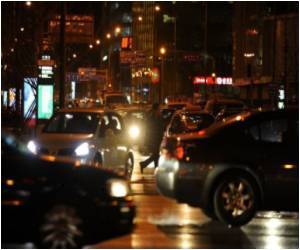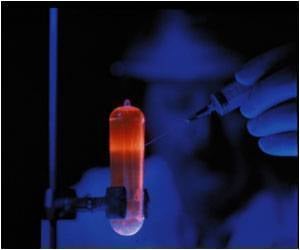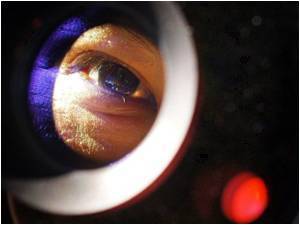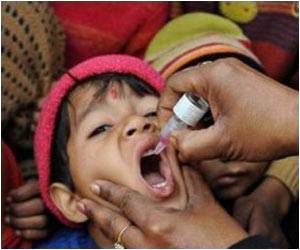
The study from the Lighting Research Center (LRC) at Rensselaer Polytechnic Institute is a collaboration between Mariana Figueiro, LRC Light and Health Program director and associate professor at Rensselaer, and LRC doctoral student Levent Sahin.
The collaboration between Figueiro and Sahin lays the groundwork for the possible use of tailored light exposures as a non-pharmacological intervention to increase alertness during the daytime.
Exposure to more than 2500 lux of white light at night increases performance, elevates core body temperature, and increases heart rate.
Results from another study led by Figueiro demonstrate that acute melatonin suppression is not needed for light to affect alertness during the nighttime.
They showed that both short-wavelength (blue) and long-wavelength (red) lights increased measures of alertness but only short-wavelength light suppressed melatonin. Melatonin levels are typically lower during the daytime, and higher at night.
Advertisement
During the study conducted at the LRC, participants experienced two experimental lighting conditions in addition to darkness. Long-wavelength "red" light (max = 630 nanometers) and short-wavelength "blue" light (max = 470 nanometers) were delivered to the corneas of each participant by arrays of light emitting diodes (LEDs) placed in 60 x 60 x 60 cm light boxes. Participant alertness was measured by electroencephalogram (EEG) and subjective sleepiness (KSS scale).
Advertisement
Because high power in these frequency ranges has been associated with sleepiness, these results suggest that red light positively affects measures of alertness not only at night, but also during the day.
Red light also seemed to be a more potent stimulus for modulating brain activities associated with daytime alertness than blue light, although they did not find any significant differences in measures of alertness after exposure to red and blue lights. This suggests that blue light, especially higher levels of blue light, could still increase alertness in the afternoon.
The study has been published in Physiology and Behavior journal.
Source-ANI









